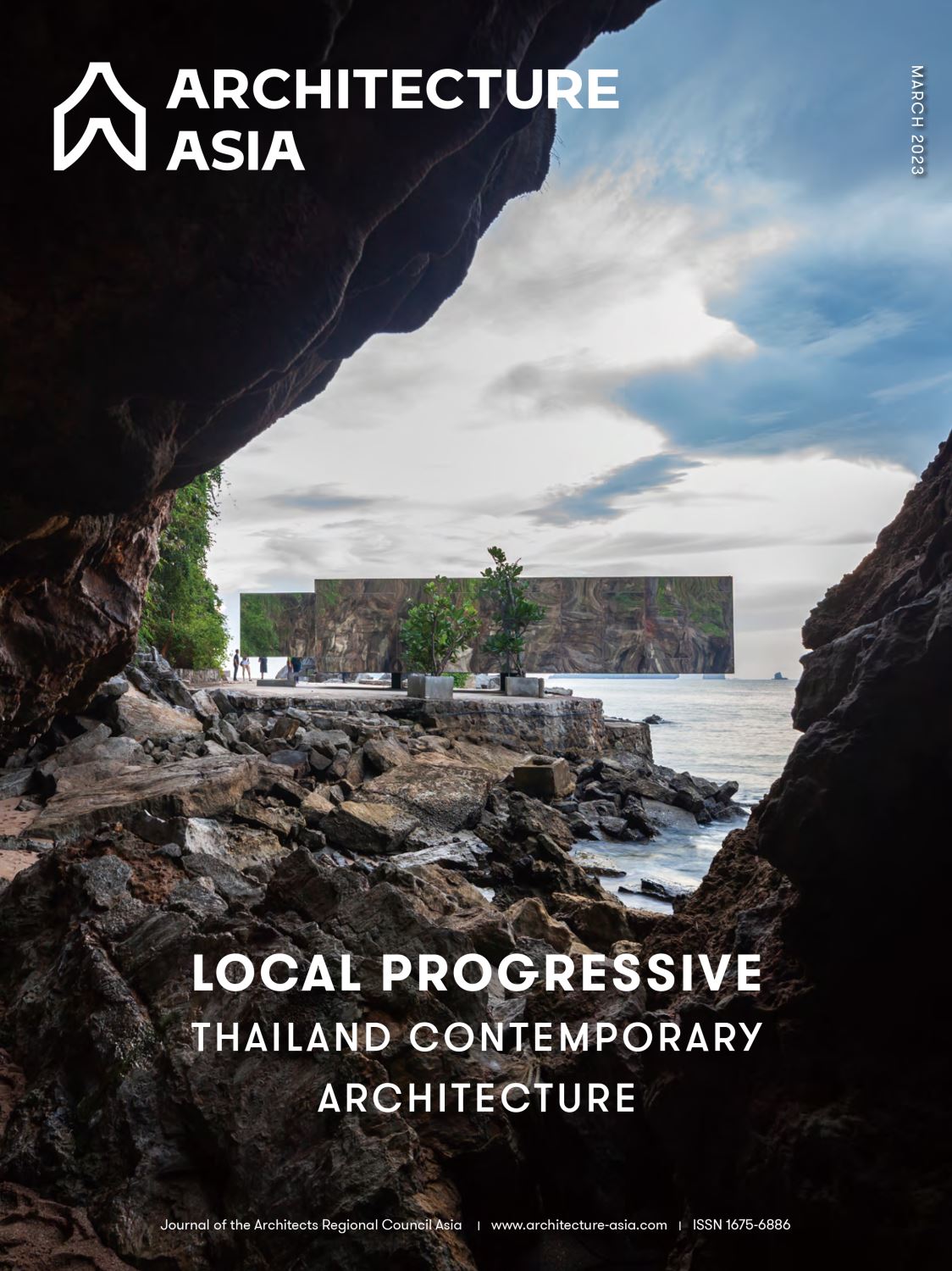
Editorial
In 2023, Architecture Asia updated its publication plan with a series of topically tied “national (or regional) issue + forum,” publication models in order to further increase the visibility of the member institutes of the Architects Regional Council Asia (ARCASIA). This new plan, with its focus on contemporary architectural development in specific Asian regions, intends to gradually shape the discourse structure of contemporary Asian architecture “from one to many levels” to make its research and “mapping” possible. Thanks to the suggestions of The Association of Siamese Architects under Royal Patronage (ASA), the first issue of this new publication plan takes shape as an issue and forum on contemporary architecture in Thailand. This new publication plan also marks the beginning of thematic discussions on contemporary architectural development among Asian countries and regions.
We extend thanks to the support of ASA and its nominees, Jenchieh Hung, and his partner Kulthida Songkittipakdee, who are both also close friends of Architecture Asia. Nominated as guest editors to organize this first issue and forum themed “Thailand Contemporary Architecture,” Hung and Songkittipakdee, as local practicing architects, introduce the emergence and development of Thai architecture, and share for publication and discussion, a significant group of architects and their architectural projects that represent Thai architectural diversity.
The concept of “Thai-ness” has been proposed to define the characteristics of contemporary Thai architecture. It is clear that this term is dynamic and polysemous. On the one hand, it stands for uniqueness in the Asian context since it carries “free, dynamic, and futuristic” connotations; on the other hand, it is identifiable in the global context as it shows strong regional cultural features and a sense of natural ambiance.
This issue explores the ideological roots of equal emphasis on the “traditional” and “avant-garde” features of contemporary Thai architecture, which was directly influenced by Western modernism in the early stage, and which later went through the gradual evolution of regional philosophies. It’s fair to say that the reforms of Thai architecture and design directly reflect social phenomena, such as the formation of national consciousness, the development of economic industries, and the uprising of new media. Thai architecture exhibits a high degree of unity in form, space, construction, and expression by fusing modernism, regionalism, and futurism.
Meanwhile, Thai architecture also presents the conflict and harmony between the “natural environment” and the “human-made environment.” Thai architects’ participation in natural construction and transmission of natural information as their reverence to and exploration of nature echo Thailand’s unique climate and culture. Besides, the complex urban and rural landscapes of Thailand inspire architects to reshape the relationship between human and nature, to recollect tranquility of mind in highly dense urban areas, and to explore the humbleness of human beings in the natural rural environment.




 loading......
loading......